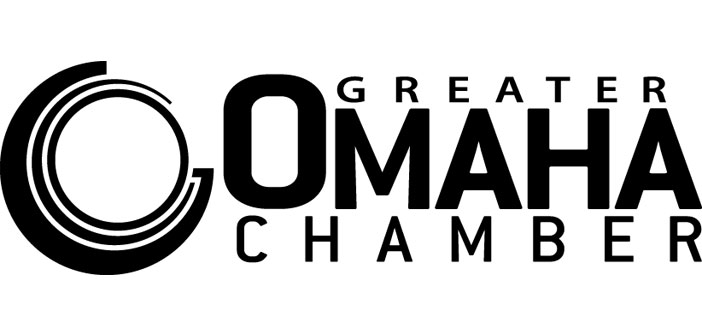Research Reveals Greater Omaha Outpaces Peers, Nation on Key Comparatives
The “2018 Barometer,” which compares the economic performance and characteristics of the Omaha – Council Bluffs – Fremont metro with 9 other metros to reveal strengths and opportunities for growth, was released on May 16. One of the region’s most comprehensive, comparative analyses, the report uses multiple indexes to evaluate Omaha’s competitiveness against other high-performing metros. The report includes comparatives for Omaha’s “peers” (Salt Lake City, UT; Louisville, KY Colorado Springs, CO), “competitors” (Des Moines, IA; Kansas City, MO-KS; Oklahoma City, OK) and “aspirational cities” (Austin, TX; Raleigh, NC; Nashville, TN).
“One unexpected finding in the 2018 Barometer report was a sharp 13.6% increase in wages per job in the Omaha Metropolitan Area between 2014 and 2017,” said Dr. Eric Thompson lead researcher and director, Bureau of Business Research College of Business Administration University of Nebraska-Lincoln. “These sharp increases are encouraging, given ongoing efforts in Omaha to raise wages by educating and training workers for information technology and other higher wage occupations.”
Key data showed:
- Entrepreneurs in Omaha earn twice as much as the US average
- High quality of life – with abundant arts and cultural opportunities (No. 2), quick commute times (No. 2) and accessible health care (No. 1)
- Innovation is consistently rising in Greater Omaha – with 5% growth since 2014, trending to surpass Nashville’s rating
- Business costs are low, with Omaha ranking second only to Louisville, KY
Overall, the Barometer revealed Omaha-Council Bluffs-Fremont’s economic growth continues to be about 22% above the U.S. average. Other characteristics, such as high educational attainment, low business costs and abundant amenities, give Omaha a strong advantage in entrepreneurship, business climate and quality of life.

